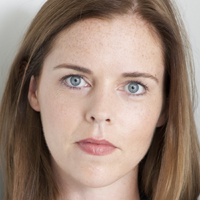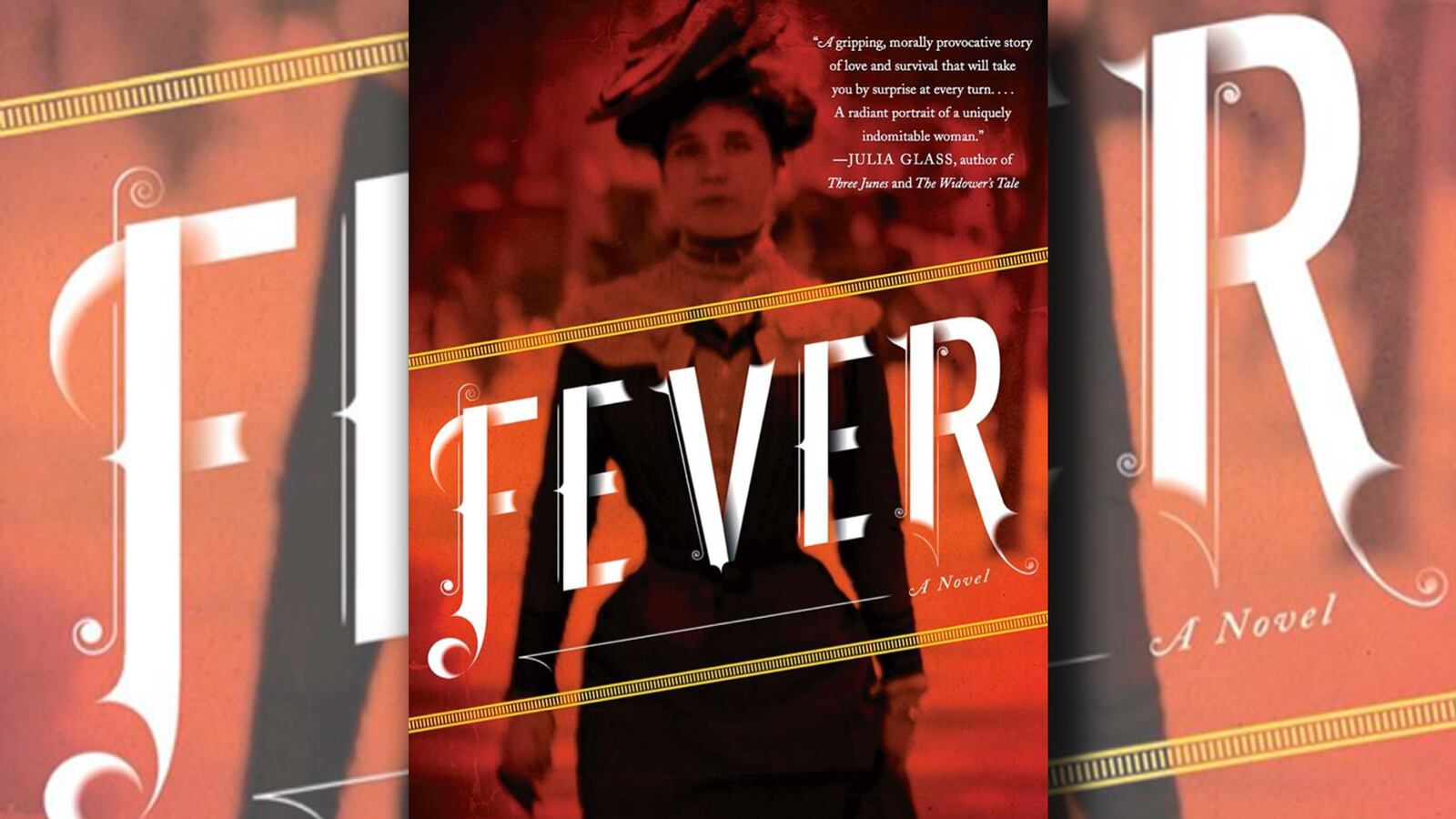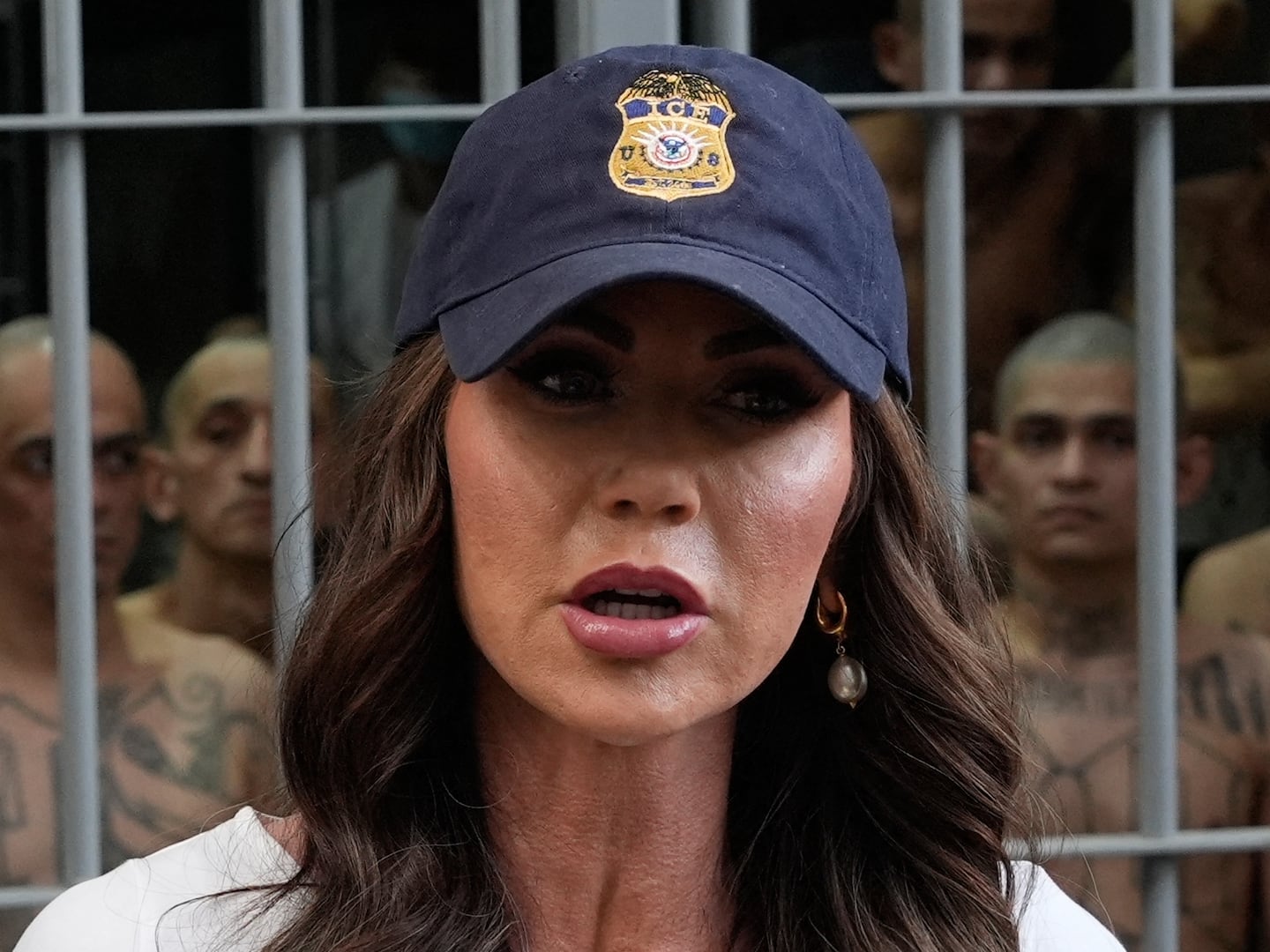Mary Mallon was one of New York City’s most notorious residents, though she is better known to history by the name Typhoid Mary. A cook who came to New York from Ireland in 1883, she was discovered in 1907 to be the first “healthy carrier” of typhoid fever in America. At a time when germ theory was just beginning to be understood by the common person, and the odor of rotting garbage was blamed for everything from the flu to epilepsy, Mary refused to believe that she harbored lethal bacteria within her body and for that denial she was quarantined on North Brother Island, a tiny island located in New York’s East River, for a total of 26 years.

When I began to suspect that I wanted to make Mary Mallon the subject of a new novel, I was cautious about stepping into unfamiliar territory. I had never written historical fiction, and I was ambivalent about writing a story not only set in the distant past, but based on a real person. There were responsibilities attached to this project that I’d never had to deal with before. I had to honor the true story of Mary Mallon’s life while at the same time painting a vivid fictional world. Negotiating fact and fiction on this scale was not something I had ever expected to tackle. Fiction, unlike history, deals in the smallest observed detail rather than the large and comprehensive, in how people think and feel rather than what they say and do. In this project, I had to try to do both.
Over the course of four years I read everything I could about Mary Mallon and the servant class in turn-of-the-century New York. Even the most mundane detail mattered to me if it might have been part of Mary’s everyday landscape. And yet there was one blatant gap in my research: I’d never been to see Mary’s grave in St. Raymond’s Cemetery in the Bronx—just 30 minutes from my home. Every so often someone would point out that she’s buried close by, and I always said I planned on going to the grave one day soon. Privately I had no plans to go. What was there but an engraved slab among thousands of others? What would it tell me about Mary’s life? I’d seen a photograph and I knew her epigraph. Wasn’t that enough?
Then, a month before the publication of my novel, Fever, my sister called to tell me she’d looked up Mary’s section number and row in St. Raymond’s. She suggested we go pay our respects. “I talked to everyone already and we all think we should.” In our family “everyone” means my two sisters, our parents, partners, and children. The plan was to go that coming Sunday afternoon, but when the day came it was bitter, overcast, so I tried begging off. My sons had colds. I said it would be too rough for our parents. “You’re going,” my sister said.
Nine of us in all made the journey, and everyone but me seemed excited about the odd outing. Even as we coasted across the George Washington Bridge I wondered why I’d agreed. After several wrong turns our little caravan arrived to see a sea of headstones that stretched to the horizon. Finally, wind-whipped and shivering, we found our way to the row where Mary is interred. One of my sisters brought champagne, plastic cups, and a single red rose. My mother brought more roses and a green rosary. I brought nothing. “She had a difficult life,” my mother started, patting Mary’s headstone as she might soothe a grieving spouse. Everyone looked at me, but I could think of nothing to say, or at least nothing of the substance they were expecting. They are at a wake, I realized. They’re mourning a person they’ve come to care for. I alone understood that they were mourning a woman who’d never existed.
The fact that Mary was a real person is the first thing I say when people ask me to describe my new book. But in order to get hold of the story, I had to put that fact aside and write fiction. Suddenly, with just a few feet of dirt separating me from her remains, it occurred to me that she might have been nothing like the Mary in my telling. I’d embarked on this novel to give her a voice, to be her advocate, but in writing I’d done exactly what the doctors, lawyers, and journalists did to her back when she was alive; I’d interpreted her through my own experience, my own point of view, for my own purposes. And like their reading of her life and her motivations, I’d probably gotten it wrong. This was the real reason I’d not been to St. Raymond’s sooner.
My Mom poured champagne while my sons played tag. Someone took a few pictures. The wind bent the trees and I looked again at Mary’s neighbors, some clustered in family groups, many like Mary—alone. Is it irrational to hope she would have liked my book? That she would have been pleased with my rendering? I didn’t wash away her sins, nor did I make her a villain. Instead, I tried to raise her from her one-dimensional status—something writers in her time failed to do—and I’m at peace with it. So if it’s irrational to hope a woman who’s been dead for 75 years would have approved, then I say hope is not rational, never has been. But it’s what we live on. And as I believe Mary Mallon understood better than almost anyone, having the occasional irrational thought is what makes us human.






